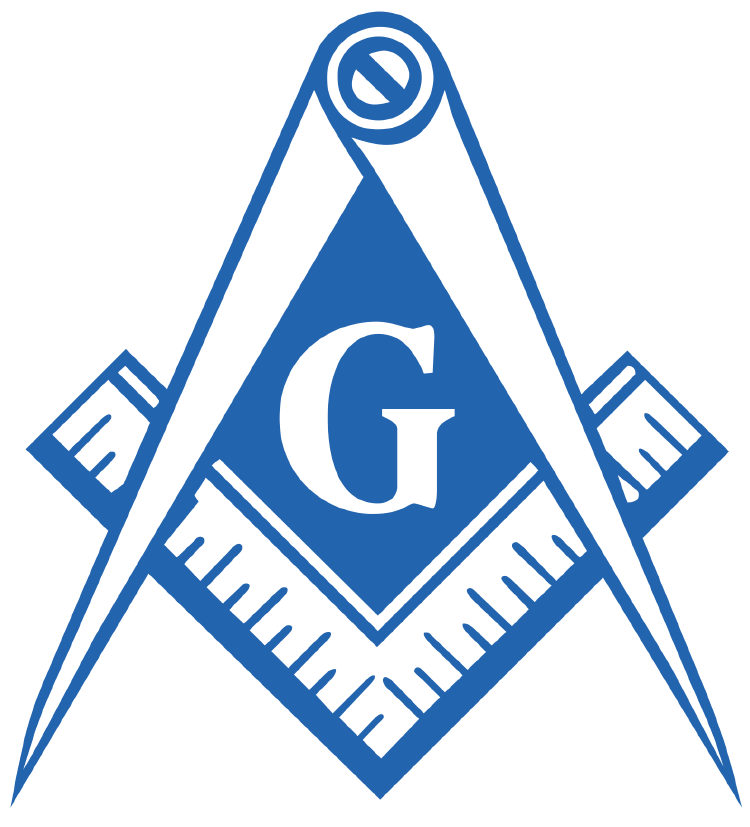The Master Mason's Quest: Finding the 'True Name' Within
A philosophical reflection on the Master Mason degree and the enduring symbolism of the lost word.
- Sasha Karcz
- 4 min read

As a Master Mason under the Grand Lodge of Nebraska, I’ve spent considerable time contemplating the allegorical nature of Freemasonry. My journey has led me to a particular philosophical interpretation—one that centers on the “lost secrets” of a Master Mason and the substitute word. To me, these aren’t merely narrative devices; they are the heart of the Craft’s profound mysteries.
My personal conviction is that the true “secrets” aren’t meant to be externally given or revealed. This is one reason I’ve chosen not to join appendant bodies like the Royal Arch or Scottish Rite. The idea of receiving the “lost word” in a subsequent degree feels, to me, like a misinterpretation of the Master Mason’s journey.
The “True Name” and Western Esotericism
In recent years, I’ve observed an increasing emphasis on the concept of the “true word” within Freemasonry. I believe this emphasis is a relatively modern development, influenced by movements within the Western Esoteric traditions of the late 1800s. The idea of a “true name” echoes themes found in Kabbalah and Egyptian mythology—such as Isis learning the secret name of Ra to gain power over him.
Albert Pike, writing in Morals and Dogma (1871), reflects this esoteric turn. He writes:
The Name of Deity, communicated to the Initiates, was lost in the lapse of ages. The True Word was substituted by a symbol.
— Morals and Dogma, p. 204
Pike’s identification of the lost word with the divine name reflects a strand of thought more aligned with the occult traditions of the late 1800s than with early Craft Masonry.
This focus on the divine name can also be seen in Kabbalistic doctrine, which holds that knowledge of God’s ineffable name grants the initiate metaphysical insight. Such traditions were influential during the 19th-century occult revival, notably among groups like the Hermetic Order of the Golden Dawn and Theosophical Society.
The Evolution of Masonic Allegory
Masonic allegory is not static; it evolves. The early charges and rituals of the Craft were quite different from what many lodges use today. The late 19th century marked a pivotal era, with the rise of esoteric orders that emphasized Kabbalistic and symbolic frameworks.
Pike’s work greatly influenced American Masonic thought, especially through his esoteric reading of the Scottish Rite degrees. However, it’s essential to note that Pike’s system represents one stream among many. As Walter Wilmshurst writes in The Meaning of Masonry:
The secrets of Masonry are not words or signs, but the spiritual capacities and energies latent in man himself.
— The Meaning of Masonry, p. 66
For many of us in Craft Lodges, the heart of Freemasonry lies in its moral lessons, fraternal bonds, and the personal journey of transformation—not in elaborate esotericism. The ritual, in this view, is a tool for awakening the soul, not a system for acquiring arcane knowledge.
The True Secret: An Internal Discovery
This brings me back to my central belief: the “true word” is not a secret that can be handed down, memorized, or decoded. It must be discovered within.
It is the task of the Master Mason to become a “living stone” in a spiritual temple—a temple “not made with hands, eternal in the heavens.” If the lost word were simply given, it would strip the journey of its transformative power. Mystery traditions—from the Eleusinian Mysteries to initiatory rites across cultures—were never about possessing secret facts. They were about becoming someone who understands through experience.
Carl Jung offers a compelling parallel in his idea of individuation. In Modern Man in Search of a Soul, he writes:
The privilege of a lifetime is to become who you truly are.
— Modern Man in Search of a Soul
The lost word, in this light, is a symbol of the hidden Self—something that cannot be taught, only realized.
The Lost Word as Living Symbol
The “lost word” is not a literal password. It is a living symbol—one that points to something ineffable: the divine source, the mysteries of being, and our own divinity. This truth is not revealed through ritual alone, but through contemplation, integrity, and self-mastery.
To be a “living stone” is to embody the principles of the Craft. It is to live in such a way that you shine with the light of divinity—not because you possess the secret, but because you have become it.
Incompleteness as a Gift
The beauty of the Master Mason degree lies in its very incompleteness. The substitute word, the lost word, and the continuing quest compel us to keep building—not just temples, but ourselves.
The true secret, I believe, is the process of becoming. Freemasonry doesn’t offer a final answer—it offers a path. And on that path, each of us must discover our own “true name” through the inner work of transformation.
Citations:
- Pike, Albert. Morals and Dogma of the Ancient and Accepted Scottish Rite of Freemasonry. 1871.
- Wilmshurst, W. L. The Meaning of Masonry. 1922.
- Jung, C. G. Modern Man in Search of a Soul. 1933.
- Tags:
- freemasonry
- symbolism
- mysticism